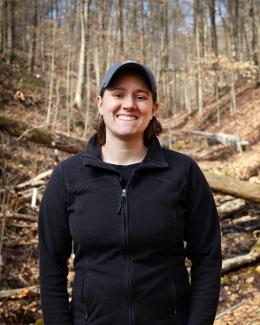Abstract
Iron (Fe) plays a key role in elemental cycling at terrestrial–aquatic interfaces by stabilizing carbon (C), phosphorus (P), and nutrient cations through physicochemical associations and by potentially releasing these elements following the reduction of Fe(III) to Fe(II). However, the ecosystem-scale importance of Fe redox cycling and its responses to climate change remain unclear in precipitation-fed peatlands (bogs), C-rich wetlands with very low mineral content. We tested impacts of Fe redox cycling on C and nutrient release in two bogs in northern Minnesota and in Spruce and Peatland Responses Under Changing Environments (SPRUCE), an ecosystem-scale warming experiment. Concentrations of Fe(III) declined from the peat surface to 50 cm depth (31 to 0.5 µmol g−1) and co-occurred with Fe(II) (10 to 30 µmol g−1). Chemical reduction of Fe(III) released C and P from variably saturated (0–30 cm) peat (106–1006 µmol C g−1; 0.6–5 µmol P g−1), and Fe-bound C was similar to previous measurements from upland mineral soils. Concentrations of Fe(II) and dissolved organic carbon (DOC) were strongly (R2 = 0.56–0.78) and positively correlated in water samples measured at SPRUCE enclosure outlets and ambient near-surface porewater. Concentrations of Fe(II) also correlated positively with P at warmer SPRUCE temperature treatments and increased with experimental warming, but stabilized at the highest temperature treatments as water depth declined. Although bogs have low total mineral content, mass balance measurements indicated that atmospheric deposition could in principle sustain significant Fe cycling and hydrologic losses in these ecosystems. Overall, Fe redox cycling significantly impacted C and nutrient dynamics in these mineral-poor bogs, contributing to strong correlations between Fe(II) and DOC in water samples. Increased Fe(III) reduction with warmer temperatures will likely promote peatland C and nutrient release, impacting ecosystem C budgets both directly and indirectly by enhancing decomposition and productivity.


